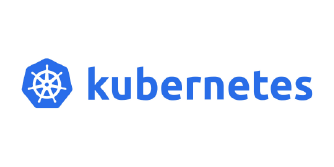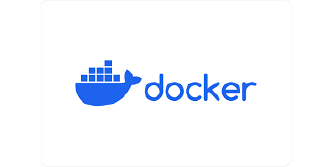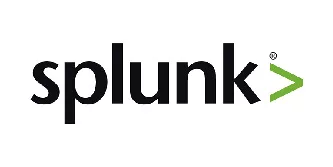The client is a prominent insurance company facing industry-specific challenges in a rapidly evolving market. To stay competitive and address these challenges, the client embarked on a transformative journey by adopting cloud solutions with the help of Sparity.
Client: Insurance
Services: AWS
Year: 2024
Key Challenges
The client grappled with outdated legacy systems, resulting in data fragmentation and making it difficult to gain holistic insights into customer profiles and risk assessments.
As the client’s customer base grew, traditional infrastructure struggled to scale during peak seasons, causing performance bottlenecks and system downtimes.
Increased customer dissatisfaction, potential revenue loss, and heightened operational risks.
Stringent regulatory requirements in the insurance industry necessitated a robust approach to data security and compliance.
Table of Contents
Technologies




Solution
- Sparity Conducted a comprehensive assessment of existing on-premises systems using tools such as AWS Migration Hub to identify dependencies and potential challenges.
- Selected AWS as the cloud service provider, considering industry standards and compatibility, and initiated a phased migration plan using AWS Server Migration Service.
- We Utilized Docker for containerization and Kubernetes for orchestration to ensure portability and manageability of applications across different cloud services.
- Utilized Apache and Talend for efficient data extraction, transformation, and loading (ETL) between on-premises and cloud environments.
- Implemented a data governance framework to enforce policies and standardized data formats for consistency and reliability.
- Our team Implemented AWS Elastic Load Balancing to evenly distribute incoming traffic across multiple servers, ensuring efficient resource utilization.
- We Utilized cloud-native monitoring and alerting tools such as AWS CloudWatch for proactive identification of performance issues and automatic scaling responses.
- Enabled encryption for data at rest using AWS Key Management Service and implemented TLS/SSL protocols for data in transit.
- Implemented multi-factor authentication (MFA) for access control to enhance user identity verification.
Integrated SIEM solutions such as Splunk for real-time monitoring and threat detection.
Benefits
- Streamlined processes and reduced time-to-market for new products lead to improved operational efficiency.
- Leveraged unified customer data for personalized services and faster claim processing results in an enriched customer experience.
- Realized cost savings by 50% through the elimination of legacy system maintenance costs and optimized resource allocation in the cloud.
- Successfully passed regulatory audits and built trust by demonstrating a commitment to data security and compliance.














